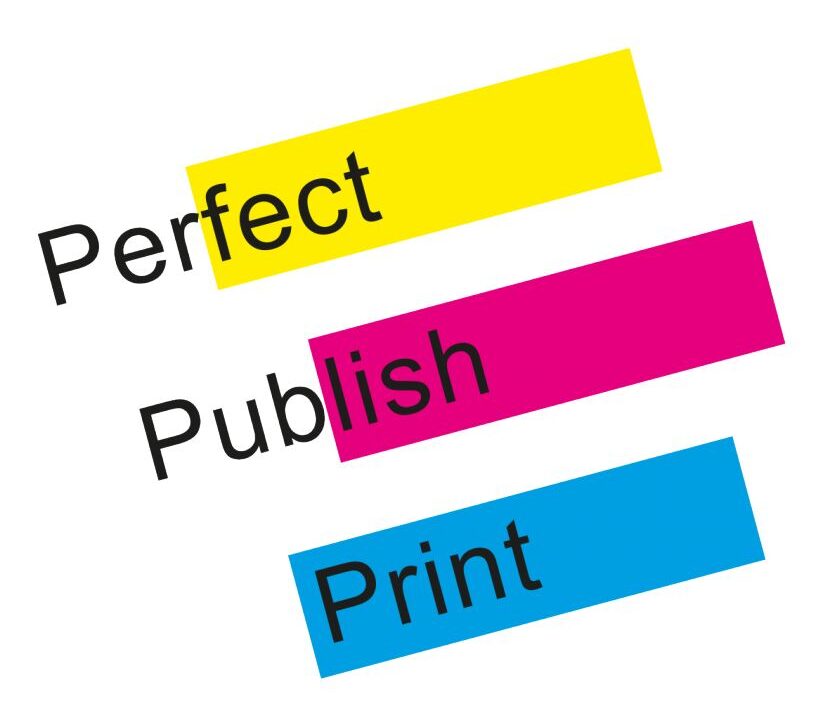Table of Contents
- Introduction
- Understanding Different Printing Methods
- Digital Printing: Advantages and Use Cases
- Offset Printing: Advantages and Use Cases
- Factors to Consider When Choosing a Printing Method
- Paper Type Selection
- Budget Considerations
- Working with Printing Services
- Conclusion
Introduction
Choosing the right printing method is one of the most important decisions for authors preparing to publish a book. Your choice affects print quality, production time, cost, and overall reader experience. In Singapore, self-publishing authors can select from multiple printing options, primarily digital printing and offset printing.
This guide walks you through the differences between these methods, their benefits, and practical factors to help you decide the best approach for your book project. Proper planning here can also help ensure that your book aligns with professional printing standards, as discussed in How to Successfully Publish Your First Book.

Understanding Different Printing Methods
Book printing methods differ in technology, cost, and suitability for various types of projects. Understanding the main differences will help you match the method to your needs.
The two most common options are:
- Digital Printing – Best suited for short runs and fast production.
- Offset Printing – Ideal for large print runs with high-quality output.
Each method has unique advantages and limitations, which we will explore in the following sections.
Digital Printing: Advantages and Use Cases
Digital printing involves transferring a digital file directly to the printer, eliminating the need for printing plates.
Advantages:
- Quick Turnaround – Books can be printed within days.
- Cost-Effective for Small Runs – Ideal for limited editions or test prints.
- Print-On-Demand Capability – Reduces storage and inventory costs.
- Easy Customization – Allows variable data printing, such as personalized editions.
Use Cases:
- Self-published authors printing small batches
- Proof copies before large-scale printing
- Limited edition books or personalized gifts
Digital printing is particularly useful for authors testing the market or those who want flexibility in print quantities, which complements insights from our post on Digital vs Offset Printing: Which Is Better for Your Next Book Project.
Offset Printing: Advantages and Use Cases
Offset printing uses plates to transfer ink onto paper and is widely used for large print runs.
Advantages:
- Superior Print Quality – Excellent color accuracy and image sharpness.
- Cost-Effective for Large Runs – The more copies you print, the lower the cost per book.
- Variety of Paper Options – Allows different textures and finishes, including gloss, matte, and specialty papers.
Use Cases:
- Books with large print volumes
- Professional-grade novels, coffee table books, or educational textbooks
- Projects requiring consistent high-quality results
Offset printing is ideal when aiming for a professional-grade finish that enhances your book’s branding and shelf appeal, tying naturally to strategies highlighted in How to Successfully Publish Your First Book.
Factors to Consider When Choosing a Printing Method
When deciding between digital and offset printing, consider:
- Print Volume – Small quantities favor digital printing; large quantities favor offset.
- Budget – Digital printing is cost-efficient for short runs, offset for bulk orders.
- Timeline – Digital printing is faster; offset takes longer due to plate setup.
- Book Type and Design – High-resolution images and complex layouts often benefit from offset printing.
Paper Type Selection
The choice of paper influences the look, feel, and durability of your book. Consider:
- Weight – Heavier paper conveys quality but increases printing costs.
- Finish – Glossy, matte, or uncoated depending on your content.
- Sustainability – Eco-friendly papers reduce environmental impact and appeal to conscious readers.
Selecting the right paper complements the printing method to ensure optimal quality, from color vibrancy to page feel.
Budget Considerations
Budget planning is essential to avoid surprises:
- Include setup fees, printing costs, binding, and shipping.
- Digital printing minimizes upfront costs but may have higher per-unit prices.
- Offset printing requires higher initial investment but lowers cost per unit for large runs.
A clear understanding of these costs allows you to balance quality and affordability without compromising your book’s professional appearance.
Working with Printing Services
Collaborating with professional printers ensures smooth production and high-quality results:
- Local Printing Services – Provide direct support and quality control.
- Proofing – Always request a sample copy before full print runs.
- Communication – Share specifications clearly regarding paper type, binding, and finishes.
Choosing the right printing partner not only impacts quality but also reinforces the credibility of your self-publishing journey, as emphasized in How to Successfully Publish Your First Book.
Conclusion
Selecting the right printing method is a crucial step in your publishing journey. Understanding the strengths and limitations of digital and offset printing allows authors to make informed decisions based on volume, budget, timeline, and quality requirements.
By carefully evaluating your project needs, selecting the appropriate paper, and working with experienced printing services, you can ensure your book looks professional, resonates with readers, and stands out in the competitive Singapore publishing market.
